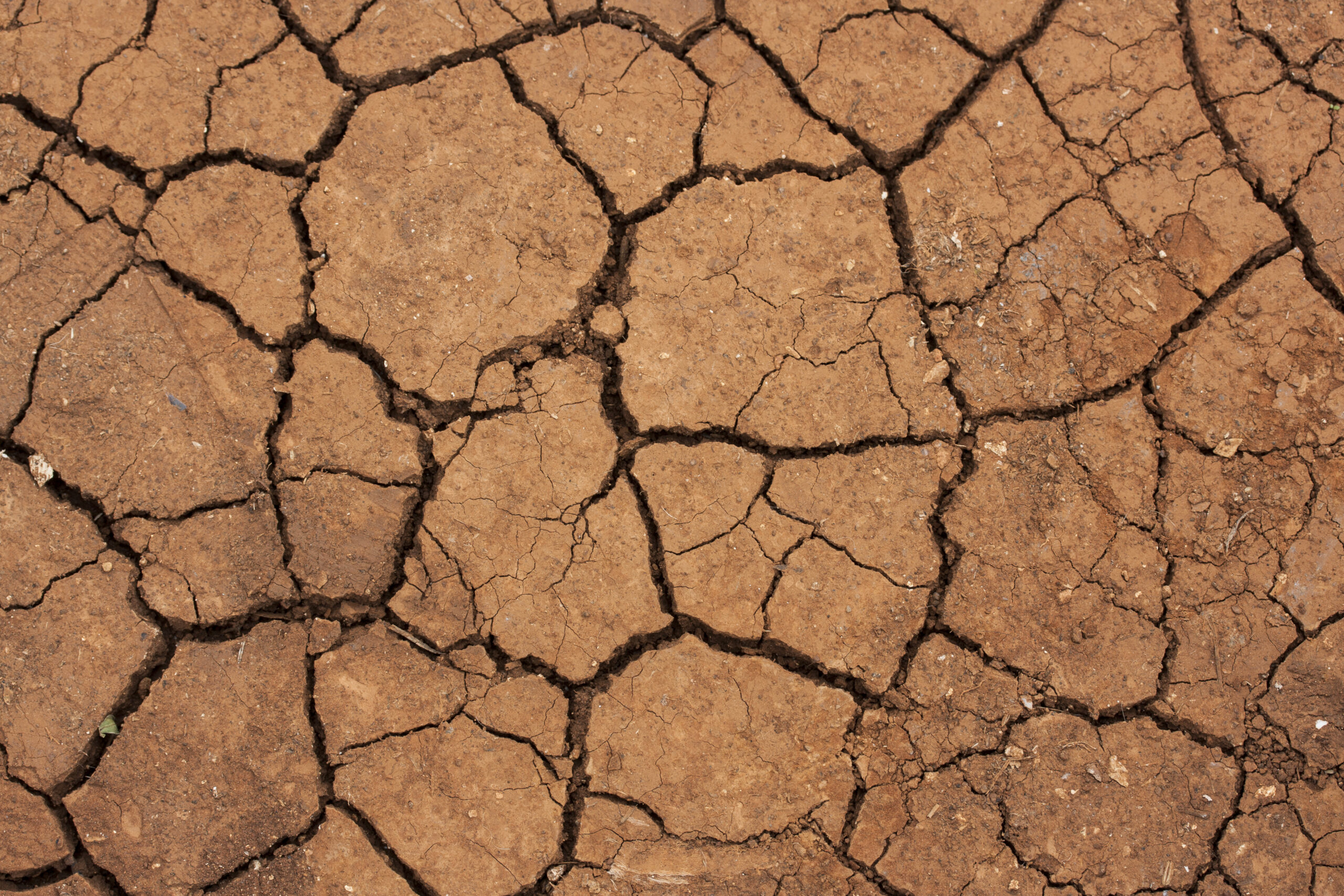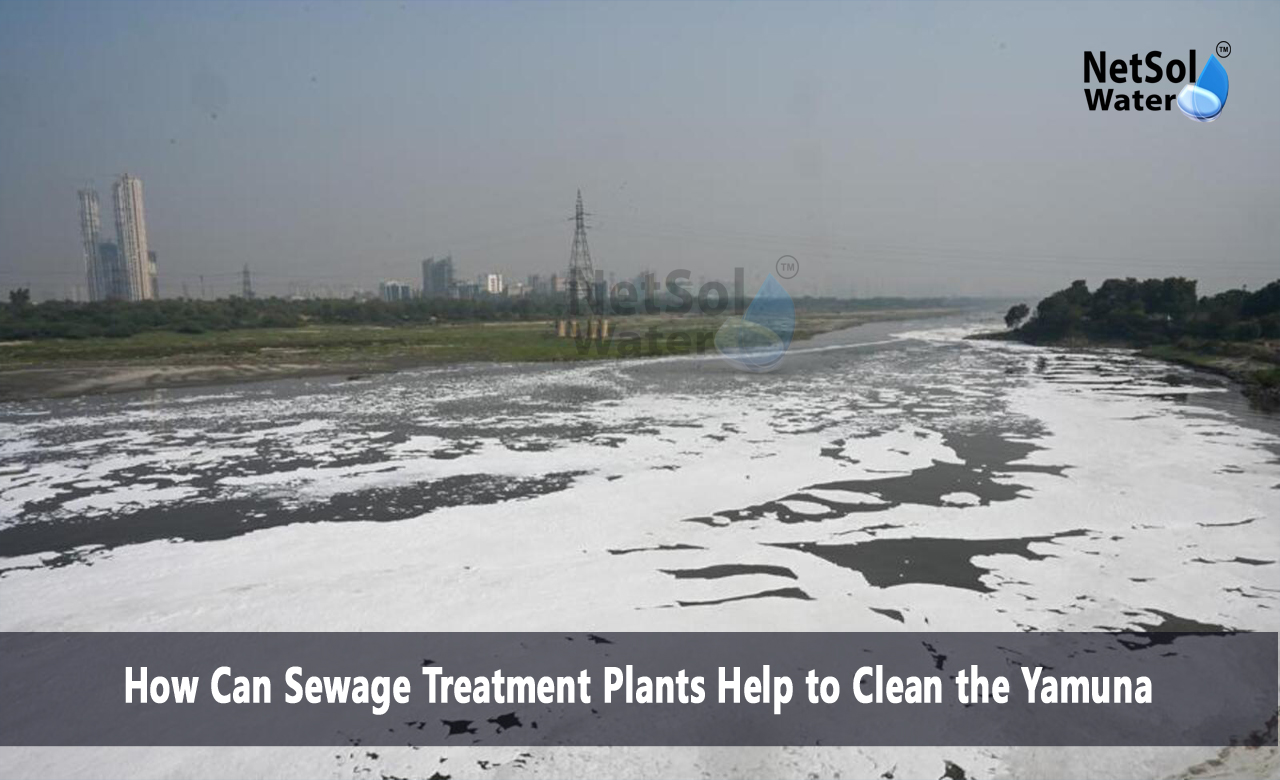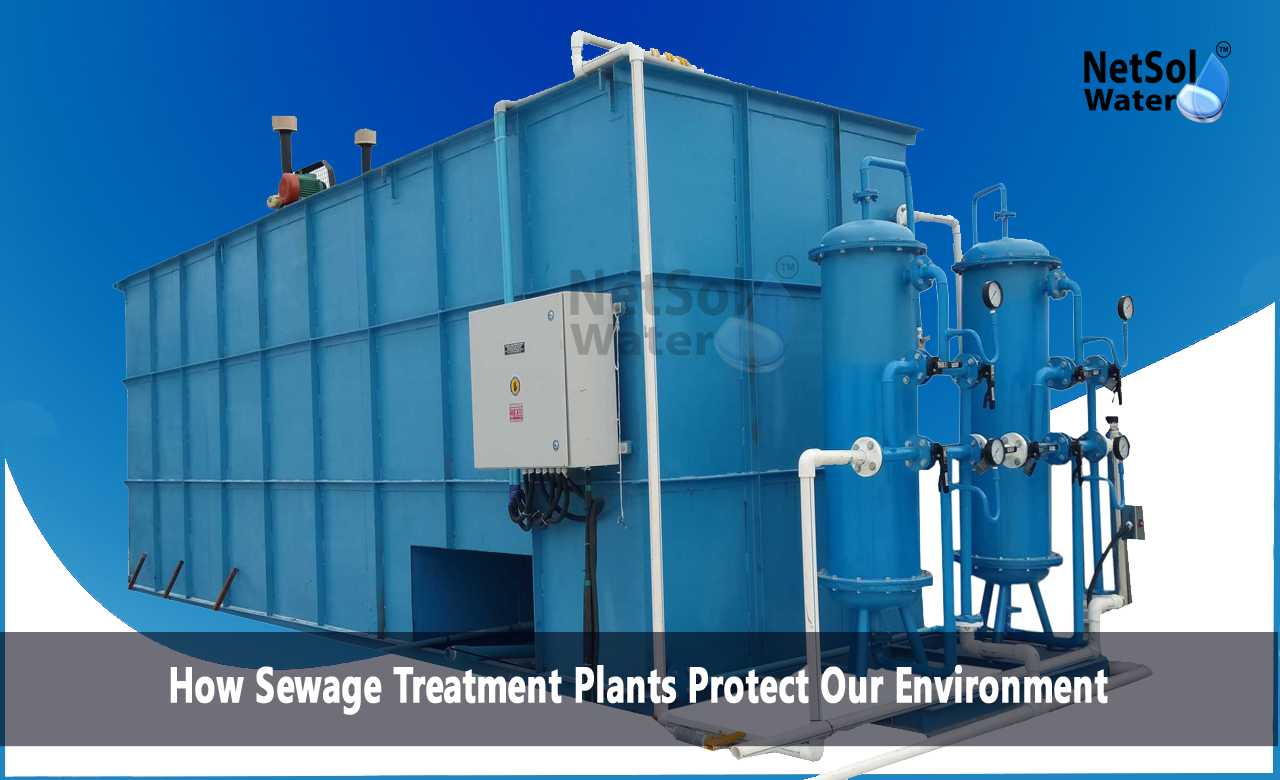Soil is the backbone of our food system, supplying vital nutrients to crops that support human and animal life. Yet soil erosion—a process in which the topsoil is eroded by natural forces such as wind and water or human activities such as deforestation and intensive farming—threatens global food security. With mounting climate pressures and food demands on agriculture, comprehending the soil erosion crisis is imperative to providing a stable and sustainable food supply.
The Causes of Soil Erosion
Soil erosion is caused by a combination of natural and human factors. Although erosion is a natural geological process, human activities have hastened its pace beyond the natural capacity of the soil to replenish itself. Some of the major causes are:
Deforestation: Vegetation and trees assist in keeping the soil intact. Mass deforestation for agriculture and urbanization strips the land bare and exposes it to erosion.
Intensive Farming Practices: Over-tilling, monoculture, and over-reliance on chemical fertilizers remove organic matter from the soil, which makes it more susceptible to degradation.
Overgrazing: Grazing by livestock over the carrying capacity of the land destroys vegetation cover, resulting in exposed soil easily washed or blown away.
Urbanization and Infrastructure Development: Growing cities cover fertile land with concrete and asphalt, disturbing natural drainage channels and accelerating soil loss.
Climate Change: Higher rainfall intensity, floods, and weather-related disasters speed up soil erosion, impacting agricultural production globally.
The Impact on Food Supply
Soil erosion has a direct consequence on our capacity to produce food and sustain a stable farming system. Its consequences are:
Loss of Fertile Land: The most fertile portion of the soil is the topsoil, which forms over centuries. When erosion destroys this layer, yields decrease, causing farmers to use artificial fertilizers that further weaken the soil.
Decreased Water Holding Capacity: Good soil retains water well, and crops receive adequate moisture to grow. Eroded soil fails to do this, and fields become more vulnerable to drought.
Loss of Crop Yield: With poor soil quality, crops cannot grow, and farm yields reduce, resulting in food shortages, especially in affected areas.
Increased Production Costs for Farmers: Farmers, in an effort to replace eroded soil, use costly fertilizers, irrigation, and amendments, increasing food production costs and impacting economies.
Risk to Biodiversity: Soil erosion derails ecosystems by lowering the concentration of useful microbes, insects, and plant types that support balanced environments.
Efforts Globally to Prevent Soil Erosion
Governments, researchers, and farmers across the globe are taking steps towards preventing and recovering from soil erosion, such as:
Agroforestry and Reforestation: Planted trees and crops in and around fields to enhance soil stability.
Conservation Tillage: Minimizing plowing and tilling to preserve soil structure and avoid excessive disturbance.
Cover Cropping: Planted cover crops to shield the soil from erosion during off-seasons.
Sustainable Farming Techniques: Adopting crop rotation, organic farming, and permaculture to preserve soil health.
Terracing and Contour Farming: Constructing barriers and slopes to reduce water runoff and avoid soil loss.
The Role of Education and Research
Schools and colleges have an important role to play in the solution of soil erosion through research and sustainable agriculture courses. Some of the most sophisticated methods of soil conservation are formulated in the best private engineering college in India, where scientists conduct research on new soil conservation techniques, sustainable irrigation, and innovative land management practices.
A Call for Sustainable Action
The soil erosion crisis is not just a challenge for farmers—it is a global issue that impacts food security, economic stability, and environmental health. Addressing soil erosion requires collective action from policymakers, farmers, researchers, and consumers. By promoting sustainable land management, investing in soil restoration, and supporting eco-friendly agricultural practices, we can ensure a healthy and resilient food supply for future generations.
Conserving our soil today ensures our food tomorrow. The moment to act is now.






